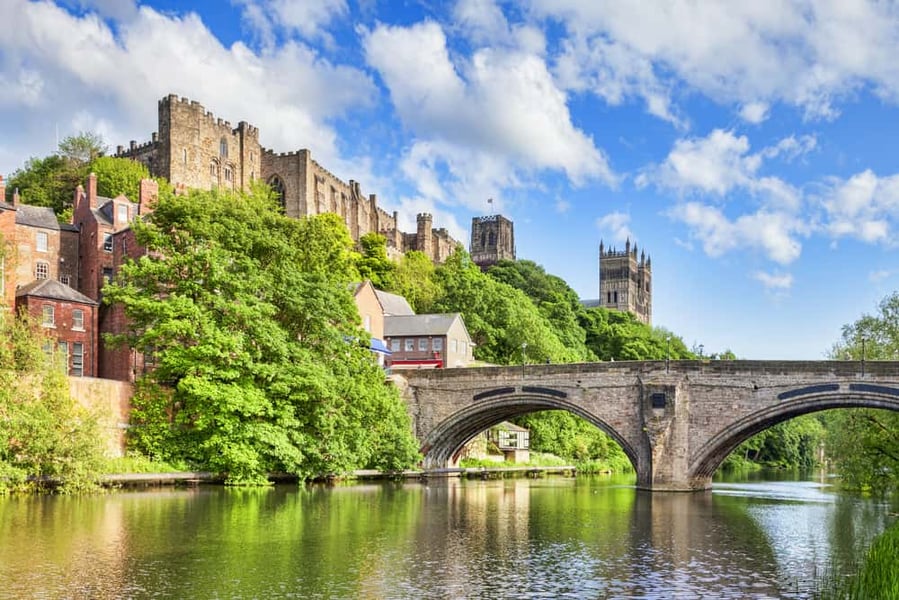Norwich has seen the lowest rate of historic town house price appreciation, but even still, prices have climbed 3% in the past 12 months.

Historic towns and cities in England are home to a higher rate of house price growth compared to ‘new’ towns created post-1946, according to research by estate and lettings agent, Barrows and Forrester.
The agent analysed property market data over the past year across 15 historic pockets of the property market and 15 to have been created in recent times.
The research shows that the average property price across these historic bricks and mortar markets have climbed by 9.4% in the last year, with the average house price currently at £251,841.
As many as eight of these locations have seen annual house price growth breach the double-digit threshold over the last year. Durham is the historic area to have enjoyed the biggest jump in property prices, up 16% in the past 12 months.
Exeter has also seen a notable rate of annual growth at 14%, with Oxford (12%), Lancaster (12%), Canterbury (11%), Bath (10%), Salisbury (10%) and Lincoln (10%) also leading the charge.
Norwich has seen the lowest rate of historic town house price appreciation, but even still, prices have climbed 3% in the past 12 months.
In contrast, the 15 towns that have been created in the last 75 years have seen an average annual rate of growth of just 5.1%. At £269,179 on average, the cost of buying in a ‘new’ town is also 7% higher than when compared to the current average across the historic property market.
Runcorn (14%) is the only ‘new’ location analysed by Barrows and Forrester where house prices have climbed by more than 10%, although Warrington (9.8%) and Telford (9%) aren’t too far off the mark.
Welwyn Garden City has seen house prices remain almost static at 0.1%, with Crawley also seeing a very low level of annual growth (0.5%).
Managing Director of Barrows and Forrester, James Forrester, commented:
“We’re incredibly lucky to live in a country that’s steeped in such a rich history and as a result, we have some beautiful historic towns and cities in all areas of the property market. There are also plenty that have been formed fairly recently due to a sharp uplift in the population and the requirement for more homes and it’s interesting to see how the two differ where property values are concerned.
Of course newer towns, with newer housing stock are likely to command a higher price in general, but our research shows that historic towns have been largely preferred over the last year, at least, with house prices climbing at a far greater rate.”



